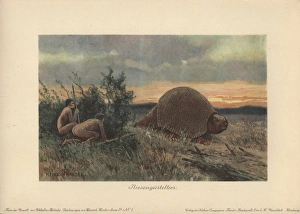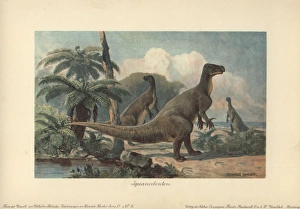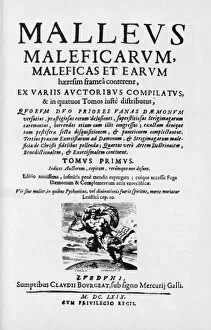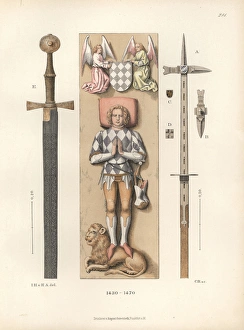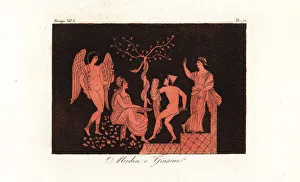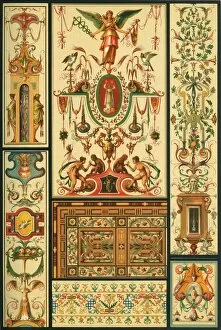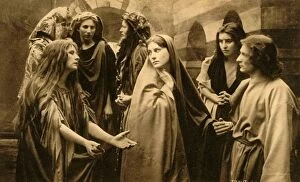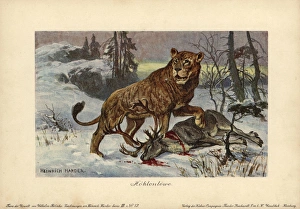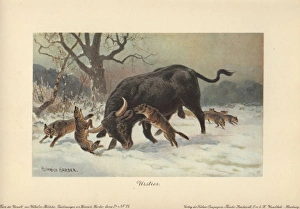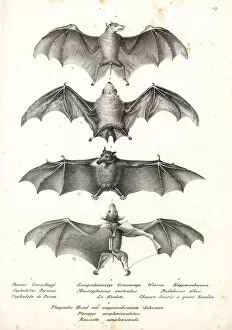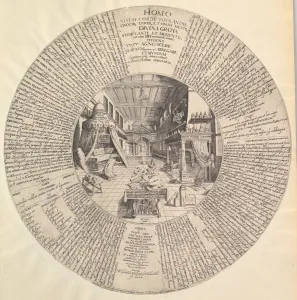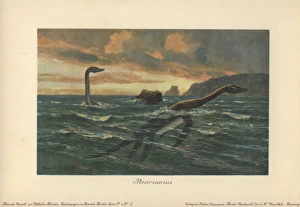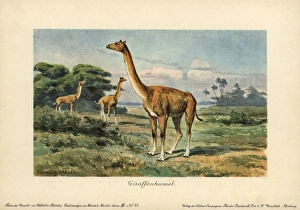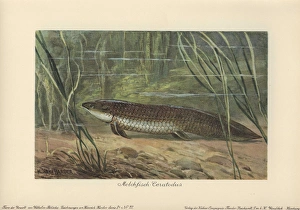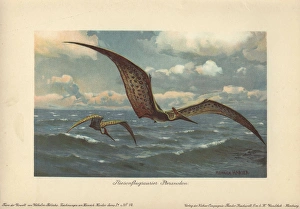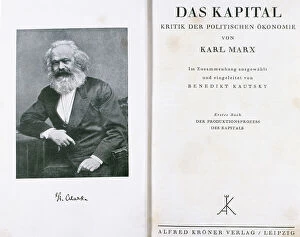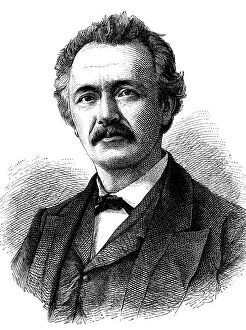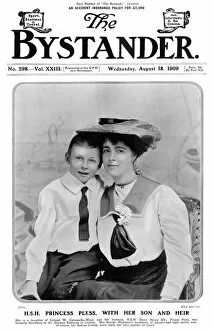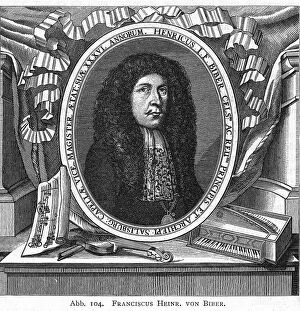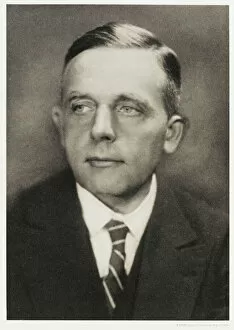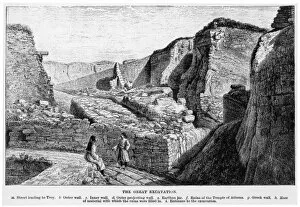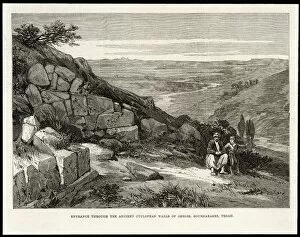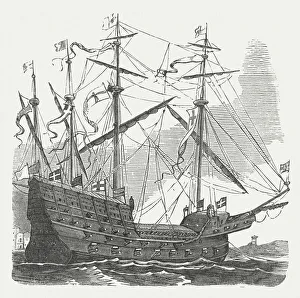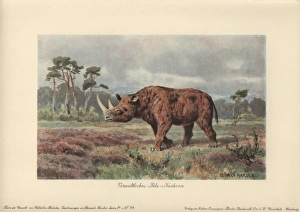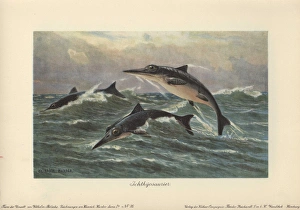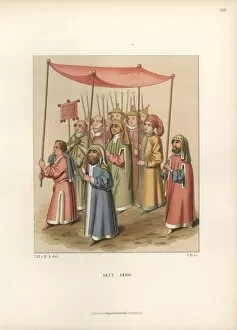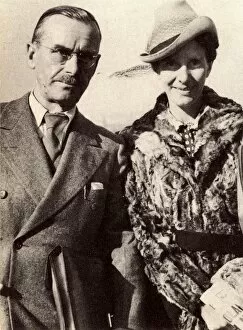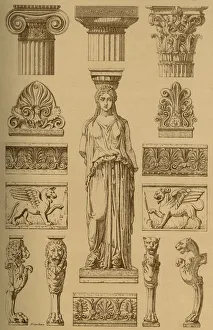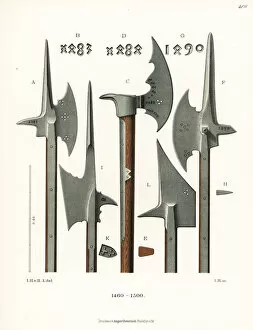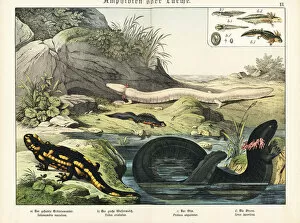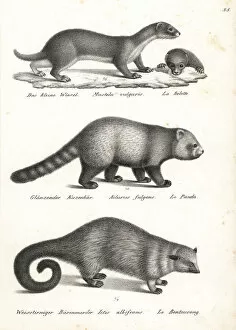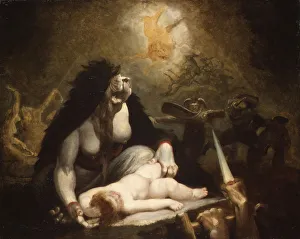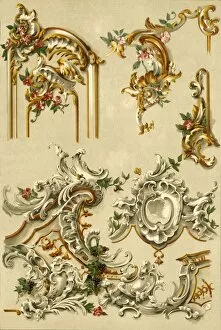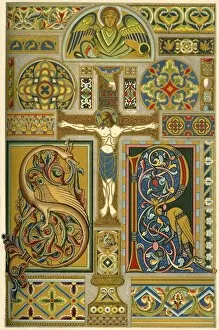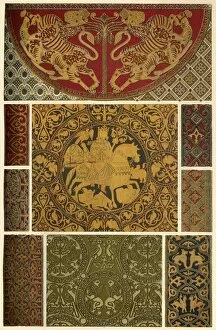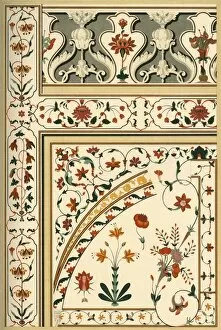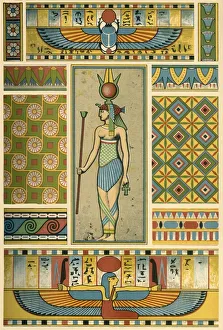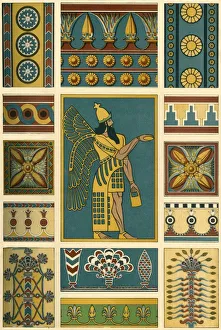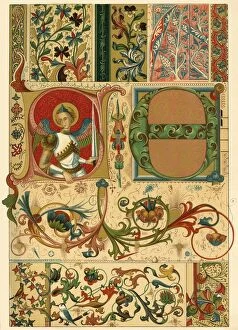Heinrich Collection
"Heinrich: A Journey Through Time and Legends" Step into the world of Heinrich, where ancient creatures roamed and mythical tales unfolded
All Professionally Made to Order for Quick Shipping
"Heinrich: A Journey Through Time and Legends" Step into the world of Heinrich, where ancient creatures roamed and mythical tales unfolded. From the towering Iguanodons, herbivorous dinosaurs that once ruled the earth, to primitive men armed with spears hunting down a formidable glyptodon. In this captivating journey, we delve into the depths of history and encounter intriguing figures like Hedwig of Silesia, a noble woman known for her compassion and piety. We witness Medea and Jason's audacious quest as they steal the coveted Golden Fleece. The haunting image of "The Wailing Women" by Henry Traut transports us to 1922, evoking emotions that transcend time. Meanwhile, Heinrich Khunrath's Alchemist Laboratory reveals secrets hidden within its walls - an eternal pursuit of wisdom. German Renaissance art adorns ceilings and walls with wood mosaics and embroidery; each stroke tells stories untold. The valiant Knight in mid-15th-century battle armor stands ready to defend honor with his arsenal of weapons. Nature's fury unfolds as a long-horned European wild ox faces off against relentless wolves while an extinct European cave lion prowls through our imagination. These majestic creatures remind us of nature's delicate balance. Lastly, Prince Henry of Prussia graces our narrative alongside his family – symbols of royalty intertwined with historical significance. Through these glimpses into Heinrich’s world, we are reminded that history is not merely a collection of facts but rather a tapestry woven from countless stories waiting to be discovered. Join us on this enchanting voyage through time.

